Discover 11 hidden attractions, cool sights, and unusual things to do in Salem (United States). Don't miss out on these must-see attractions: Salem Civic Center, Dixie Caverns, and Salem Presbyterian Church. Also, be sure to include Thunder Valley Family Entertainment Center in your itinerary.
Below, you can find the list of the most amazing places you should visit in Salem (Virginia).
Table of Contents
Salem Civic Center
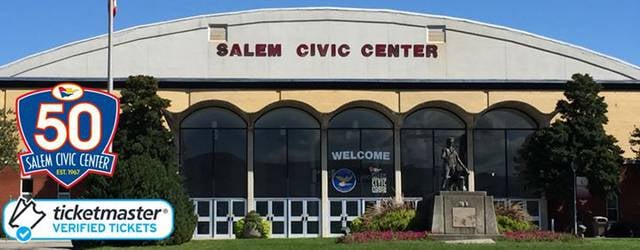
Arena in Salem, Virginia. The Salem Civic Center is a 6,820-seat multi-purpose arena in Salem, Virginia. It was built in 1967 and is part of the James E. Taliaferro Sports and Entertainment Complex, which also includes the Salem Football Stadium and the Salem Memorial Baseball Stadium. The Salem Civic Center was originally known as the Salem-Roanoke Valley Civic Center, but the county withdrew its financial backing in the 1980s.
The civic center was home to the Salem Rebels and Salem Raiders ice hockey teams in the 1960s and 1970s. The NCAA Division III men's college basketball championship is currently held at the civic center. Boxing, professional wrestling, rodeos, and high school basketball games are typical events.
In addition to sporting events, the Salem Civic Center also hosts concerts, circuses, conventions and trade shows. The annual Roanoke Valley Horse Show and Salem Fair are held at the civic center and the adjacent grounds. It is also currently the largest convention facility in the Roanoke Valley; there is a total of 40,000 square feet (4,000 m2) of space in the main arena, the community room (which can be divided into three smaller rooms) and three other rooms.[1]
Address: 1001 Roanoke Blvd, 24153-5298 Salem
Dixie Caverns

Tourist attraction in Roanoke County, Virginia. Dixie Caverns is a commercial show cave located in the Riverside community of Roanoke County, Virginia, USA, four miles west of Salem. The cave is a limestone solution cave.[2]
Address: 5753 W Main St, 24153-8239 Salem
Salem Presbyterian Church
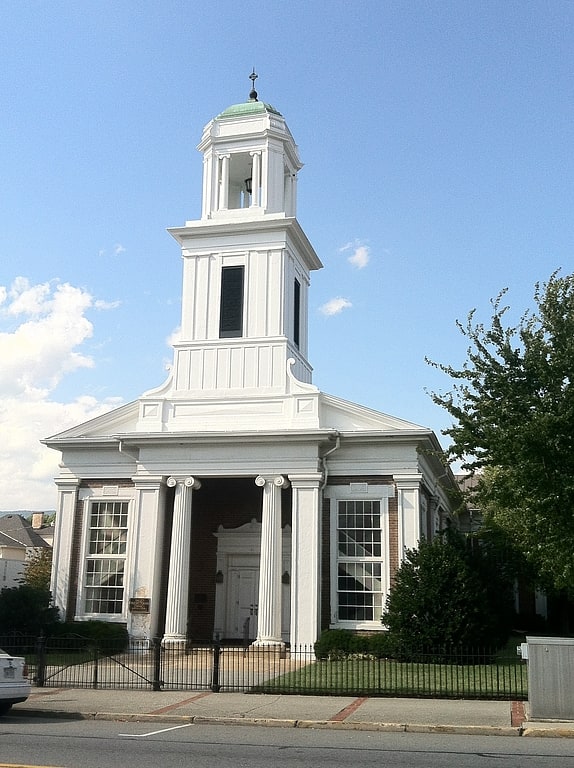
Church in Salem, Virginia. Salem Presbyterian Church is a historic Presbyterian church at E. Main and Market Streets in Salem, Virginia. It was built in 1851–1852, and is a Greek Revival style temple form church. It has a slightly projecting Ionic order portico in antis with belfry. The church owned the Salem Presbyterian Parsonage from 1854 to 1941.[3]
Address: 41 E Main St, Salem
Thunder Valley Family Entertainment Center
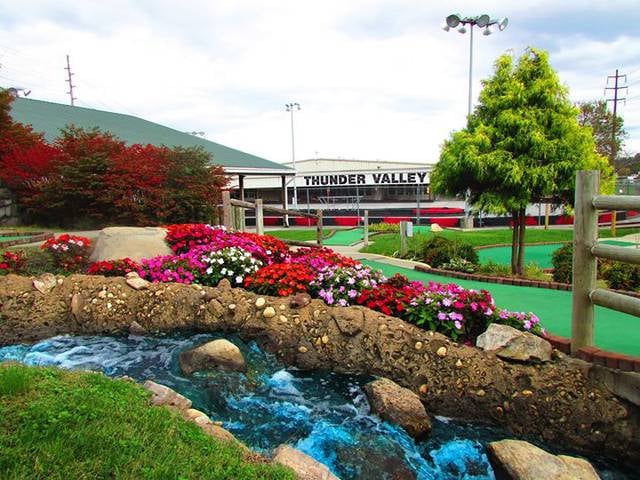
Nature, Natural attraction, Game and entertainment center, Entertainment, Arcade, Valley
Address: 1865 Dillard Dr, 24153-7200 Salem
Olin Hall Galleries
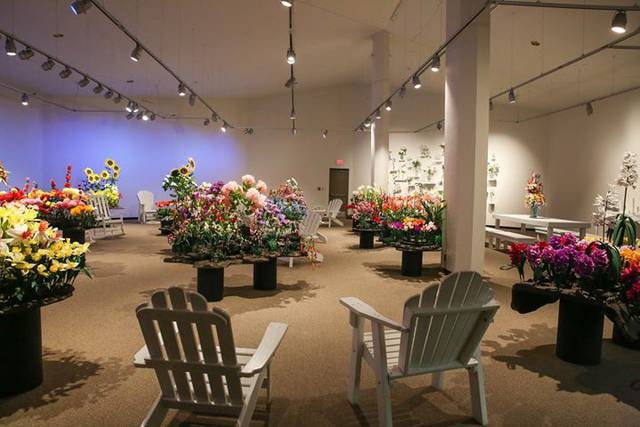
Museum
Address: 240 High Street, Salem
Old Roanoke County Courthouse
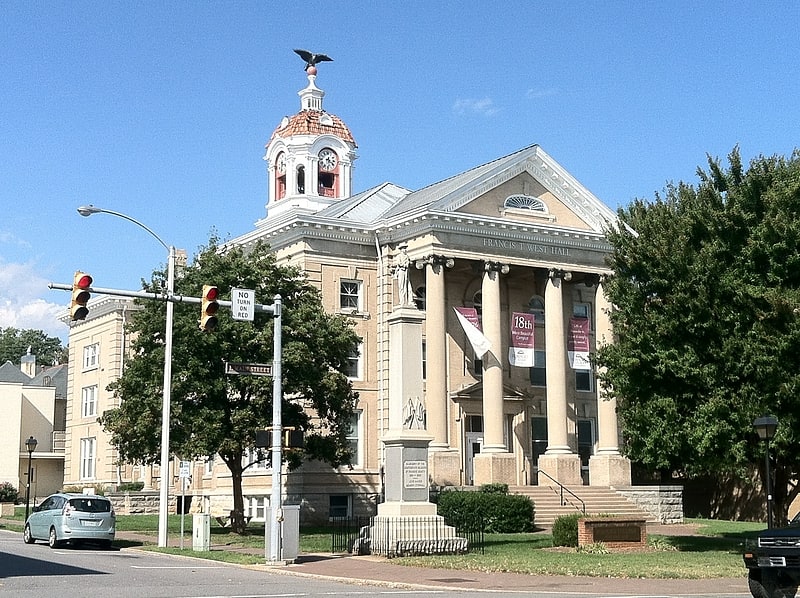
Old Roanoke County Courthouse is a historic courthouse building located at Salem, Virginia. It was built in 1909-1910 and is a three-story, Classical Revival-style, yellow brick building. The front facade features a three-story, tetra-style Ionic order portico. The courthouse has a hipped roof topped by a cupola, which is topped by an eagle. A rear addition was built in 1948–1949. Also on the property is the contributing 1910 Civil War Memorial, that consists of a granite shaft topped by the figure of a Confederate soldier. The building housed Roanoke County, Virginia county offices until they moved to a new building in 1985.
The building was added to the National Register of Historic Places in 1987. It is located in the Downtown Salem Historic District. Today the property is owned by Roanoke College.[4]
McVitty Home
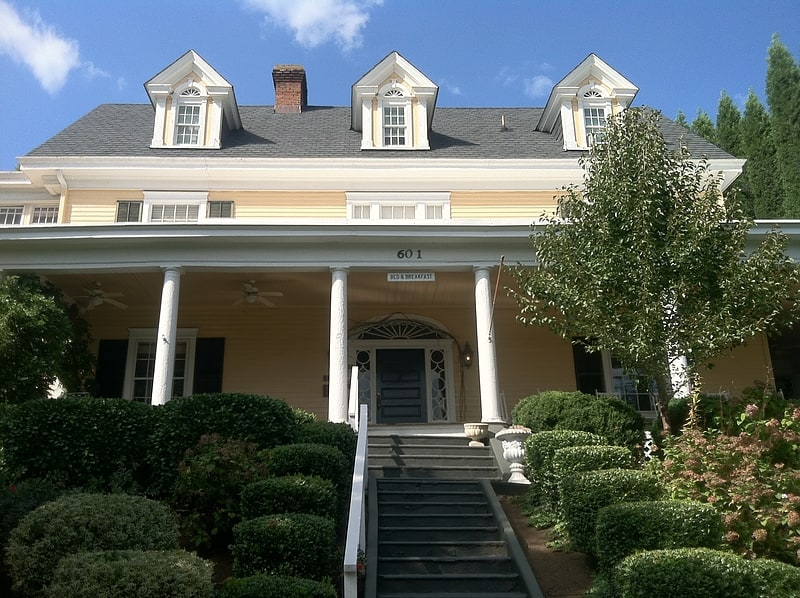
McVitty House, also known as the Inn at Burwell Place, is a historic home located at Salem, Virginia. It was built in 1906 and expanded with a substantial addition in 1925. It is a 2 1/2-story, "L"-shaped, Colonial Revival style frame dwelling. It features a full-length wrap-around porch with Tuscan columns, elaborate dormers, stunning fanlight windows and an attached sun/sleeping porch. The house is operated as a bed and breakfast.
It was added to the National Register of Historic Places in 2003.[5]
Williams-Brown House and Store

Building in Salem, Virginia. Williams–Brown House and Store is a historic home and general store located at Salem, Virginia. It was built about 1837, and is a 2 1/2-story, "L"-shaped brick building with Greek Revival and Federal style design influences. It features a double porch with chamfered edges ending in lambs' tongues.
The house is occupied by the Salem Museum and Historical Society.
It was added to the National Register of Historic Places in 1971.[6]
Downtown Salem Historic District
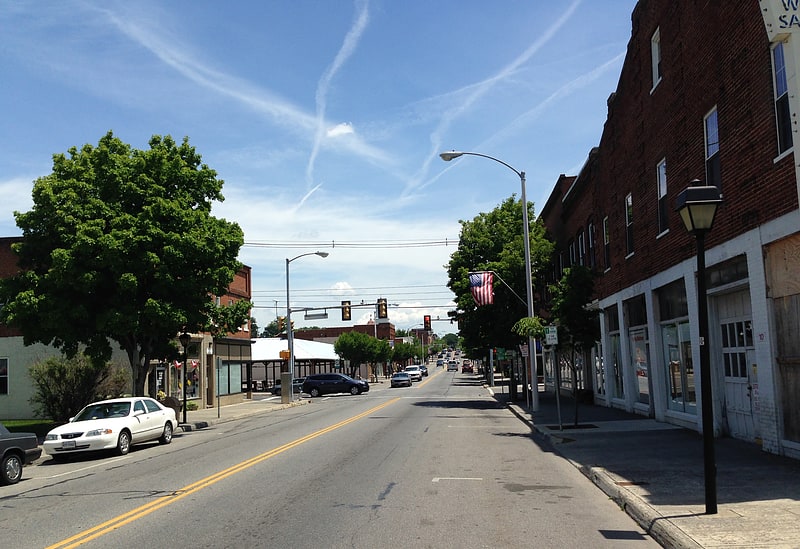
Downtown Salem Historic District is a national historic district located at Salem, Virginia. The district encompasses 34 contributing buildings and 1 contributing site in downtown Salem. The district includes primarily mixed-use commercial buildings, but also includes churches, dwellings, a courthouse, a post office, a library, a park, and the covered stalls of a farmer's market. The buildings mostly date from the late-19th and early-20th century and are in a variety of popular architectural styles including Greek Revival, Italianate, and Queen Anne. Notable buildings include the Stevens House or "Old Post House", Kizer-Webber Building, Duval-Oakey House, Salem High School, Old Salem Municipal Building and Fire Department, Quality Bakery Building, Olde Newberry Building, Salem Theater, and James J. True Building. Located in the district are the separately listed Old Roanoke County Courthouse, Salem Presbyterian Church, and Salem Post Office.
The church was added to the National Register of Historic Places in 1996.[7]
Southwest Virginia Holiness Association Camp Meeting

Southwest Virginia Holiness Association Camp Meeting, also known as the Salem Camp Meeting, is a historic camp meeting complex located at Salem, Virginia. The complex consists of two buildings—a 1922 tabernacle and a dormitory, built about 1926. Both buildings are plainly detailed frame buildings with novelty weatherboard siding and poured concrete basement levels. The tabernacle measures approximately 60 feet by 80 feet and contains an auditorium designed for a capacity of 2,000 people. The dormitory is a two-story, three bay, building with a full-width one-story porch.
The church was added to the National Register of Historic Places in 1996.[8]
Valley Railroad Bridge
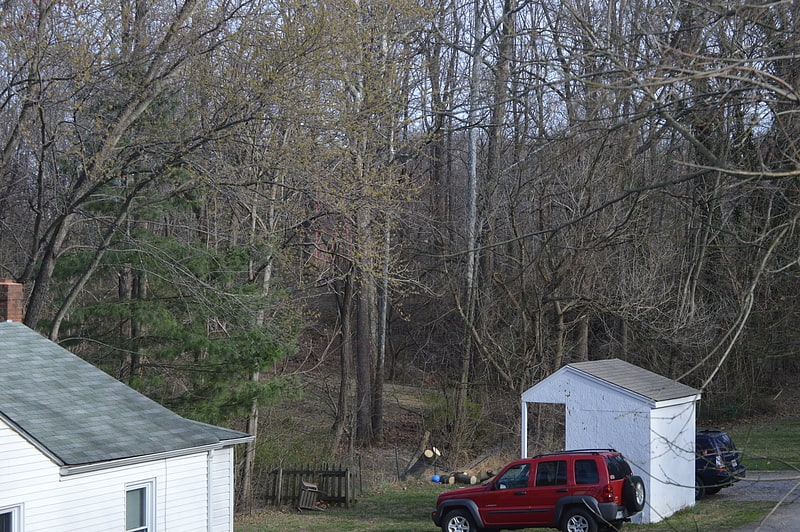
Arch bridge in Salem. Valley Railroad Bridge or Gish Branch Bridge is a historic limestone arch bridge located over Gish Branch at Salem, Virginia. It was built in 1873 by the firm of Claiborne Rice Mason, under the local guidance of Thomas Menifee, engineer and employee of Mason. Mason was head of a syndicate hoping to link major railways of the north and south at Salem, Virginia - specifically by linking the Atlantic, Mississippi and Ohio Railroad with the Baltimore and Ohio Railroad, two of the major railways of the era.
Menifee and the other members of the Mason Syndicate began work on May 20, 1873. By late November 1874, the roadbed had been brought to grade from the Botetourt county line to the outskirts of Salem just south of Gish Branch, named for its crossing the homestead of farmer John Abraham Gish, one of the many German settlers in the region. All but the major stream crossings (Carvins, Peters, and Mason Creeks) were complete, awaiting additional funding. However, the September 1873 national financial panic and the resulting depression led the Mason Syndicate to abandon the Salem and Lexington connection. Today, the Gish Branch Bridge is an important part of the Roanoke Valley’s railroad heritage. It is the largest of the three remaining arch structures built by Menifee, the other structures and much of the completed roadbed destroyed by the passage of time and the increasing residential development of the area.
The Valley Railroad Bridge is a single-span, barrel-vaulted stone structure. The bridge structure is a semi-circular vaulted tunnel through a man-made earthen embankment. The bridge is an architecturally significant remnant of an unrealized transportation scheme dating to the Reconstruction Era following the American Civil War. The Valley Railroad was never completed to Salem, therefore the bridge, constructed in 1873, never fulfilled its intended purpose.
The bridge was added to the National Register of Historic Places in 2009. The length of the vaulted structure is 69 feet, not counting the flared, stepped, wing walls at both ends. The span is of the arch is 12 feet, and the keystones at each end of the barrel are 15 feet above the creek. The blocks of limestone, thought to have been quarried nearby, are squared, with roughly-dressed faces, and laid in distinct courses. The stones in the side walls are quite large, measuring up to 4½ feet long, 26 inches tall, and perhaps 2 or more feet wide. The voussoirs— stones within the vaulted ceiling— are smaller and more narrow in dimensions, appearing outwardly as uniform, almost square wedges. Outside the vault, the spandrel walls rise up to the rail bed, where a top course of limestone blocks, projecting slightly beyond the spandrel’s vertical plane, creates a parapet rising above the rail bed. The roughly-dressed faces of the stones are a form of rustication, intended to give the structure an ancient appearance.[9]